Common Forecasting Errors to Avoid
Common Forecasting Errors to Avoid
More often than not, businesses struggle to attain accurate and relevant forecasting results. Forecasting failures can be attributed to factors such as:
- Not using the correct business forecasting tools – still using spreadsheet models riddled with formula errors and limited visualisation capabilities.
- Having inexperienced forecasters handle projections using incorrect methods.
- Allowing internal politics and personal preferences to drive forecasting – subjective analysis and personal agendas should not be allowed to form part of the forecasting process.
- Using behaviour that cannot be forecasted with certainty – trying to accurately measure behaviour such as demand to a 100% accuracy level.
Companies throw millions in the water by making the same forecasting mistakes over and over again. Unless they invest in powerful forecasting tools, ensure that the tools are correctly used and accept that reasonable accuracy should be the end-result instead of 100% surety, they will keep failing in the forecasting department.
The accuracy of forecasting is highly dependent upon the behaviour that is forecasted. Investing in the appropriate budgeting and forecasting software solution is a great start in limiting the inaccuracies. However, best practices in this function must still be followed. Some of the bad practices to avoid are briefly discussed below.
Complicating Forecasting Because of Personal Agendas
Business forecasting tools automate many of the budgeting, visualisation and forecasting functions, helping to overcome the human factor. If personal agendas are allowed to influence the process, you end up with forecast manipulation and overly complicated processes.
At the end of the day, the process takes too long and results then reflect what the managers want them to reflect. A person, who wants to introduce a new service in the marketplace, will be more likely to forecast a high demand for it than the one who opposes the introduction. This is why you need a business forecasting tool that forms part of a complete budgeting, performance management and forecasting solution. Data from various sources can be integrated and historical data can be used in addition to real-time data. Forecasts can be scheduled and results can be freed from personal agendas.
Complicated forecasting processes cost the company money in terms of time and resources. Top level management must decide if the participants in the process cannot be better used somewhere else. Automation of routine functions and reporting is essential to reduce human error and to free up valuable human resources for profit-generating activities.
Using the Wrong Forecasting Model
A common mistake is to use the model that best matches the recent history and then use it for forecasts. Instead, the objective should be to use the most relevant model for forecasting a particular behaviour. The model must be fitted to the systematic structure, rather than to random behaviour according to recent history.
What is the Solution?
Start with following good practices in budgeting and forecasting to create the correct basis for a higher level of accuracy. Then invest in the most appropriate solution that includes powerful business forecasting tools as available from KPI Management Solutions.
With the Prophix software solution available from us, the manual process is replaced. This means that you will not have the problems of personal agendas playing a role, several participants needed, complicated processes, errors and time wastage. With Prophix, data can be retrieved from various sources, allowing for forecasting across all levels and departments in the organisation.
Forecasting can be general, holistic or detailed for the entire company, a specific division or a particular project. With automation of the function, your organisation benefits from improved granularity, frequency and consistency.
Benefit from improved visibility using the software’s workflow functionality, which enables input tracking and monitoring of changes, as well as approval. The actual forecasted data can be integrated through automation and because the solution is flexible enough, it can be used for a variety of forecasts, various departments and varying levels of detail.
Consistency is important and this is attained through the centralised business logic. With such, the risk of outdated or incorrect formula usage is something of the past. Calculations are consistently applied.
The software can be used with various ERP systems because Prophix uses the industry standard ODBC. With such, it is possible to connect to a variety of external data sources, use the web and access data stored in your company’s data warehouse.
What Next?
Avoid poor forecasting practices which are time consuming, riddled with mistakes and costly to the company. Let KPI Management Solutions show you how to maximise the power of the Prophix business forecasting tools for improved forecasting abilities.


